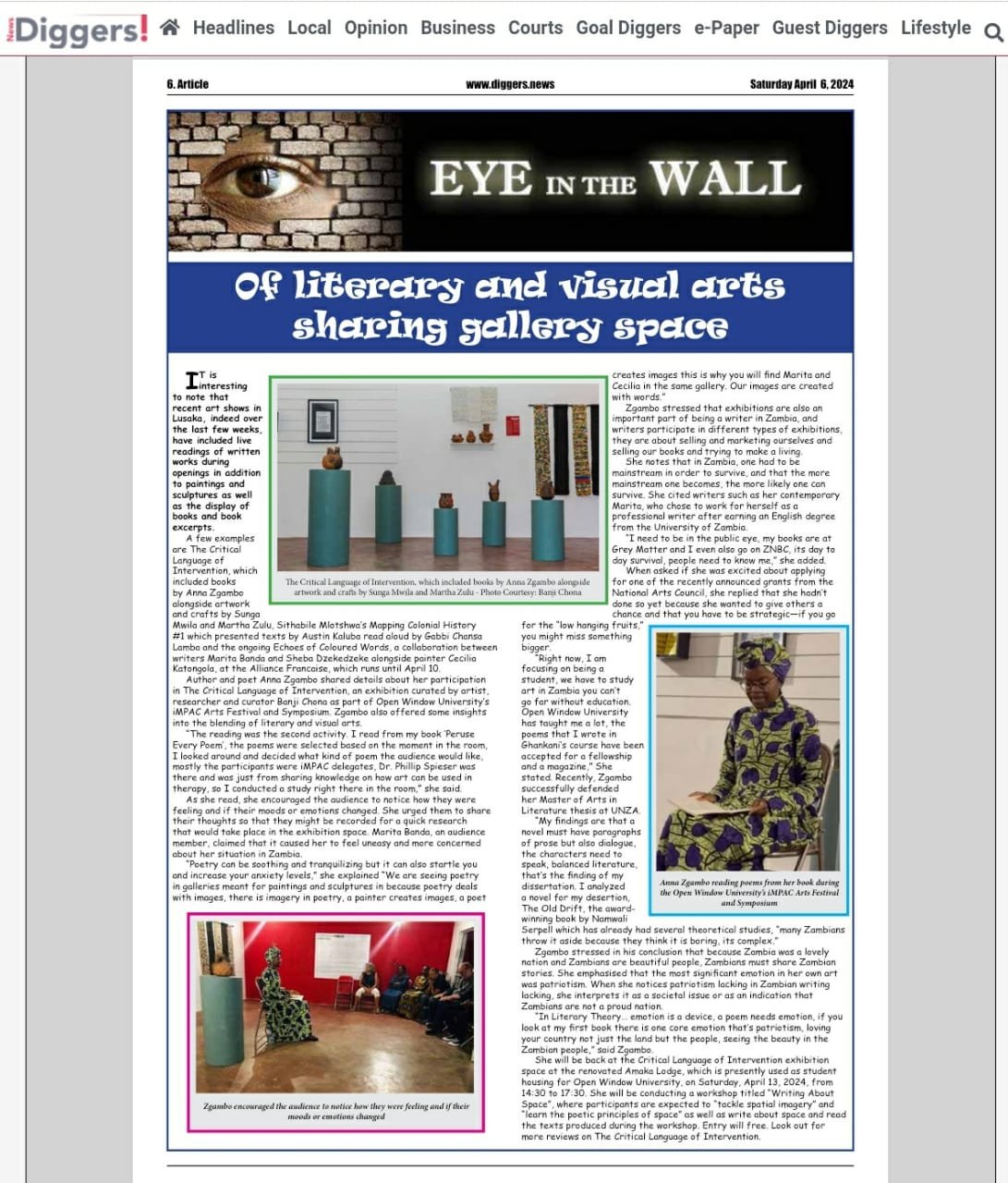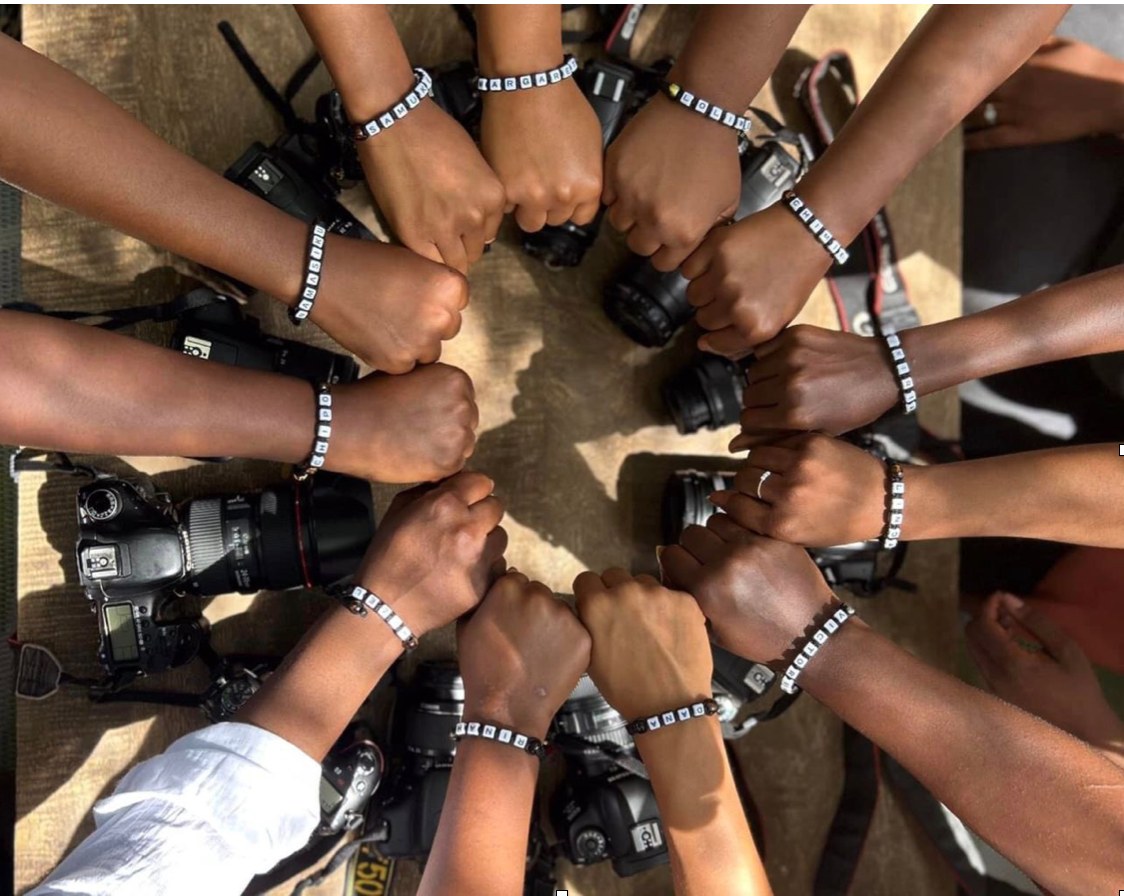by Banji Chona for Europeana Women’s Day 2024
To commemorate the stories of women, today and always, the Women's History Museum of Zambia is celebrating the ancestral and living histories woven into the delicate telluric basketry (cisuo) of the baTonga women of the Southern Province of Zambia. Basketry has always played an integral role in the lives of baTonga women. The vessels reflect the deep symbiotic relationship batonga women have with their natural environment. The knowledge of harvesting the ilala (palm) (hyphaene coriacea) and matete (reeds) (phragmites mauritianus) for their fibres and pounding the bark of mwiinji (berchemia discolor) for it's brown pigments and dyes. The skills and artistry found woven into the geometric patterning of the baskets. The innovation illustrated in the many uses of the baskets, like the winnowing or storage of grain.
The inquiry into the silent syntax of women is a valuable way for our museum to interpret the various forms in which alternative histories were documented and kept alive. Approaching non-written histories, such as those inscribed in the patterning and materials of the baTonga baskets allow us to foreground the silenced voices in the mainstream archive
Silent Syntax: The Language and Stories of Women Woven into baTonga Basketry as a body of research exists as a preservation of living ancestral knowledge embedded in the patterns and materials found in the motifs and techniques in baTonga basketry. The weaving of basketry has been one of the central, practical and artistic, crafting traditions of baTonga women. For generations, baTonga women have honed their skills in the art of basket weaving, passing down techniques and knowledge from mother to daughter. The intricate patterns and designs showcased in their baskets not only serve practical purposes but also hold deep cultural significance. Each woven piece tells a story, reflecting the rich heritage and creativity of the baTonga people.
Through this timeless craft, these women have found a way to express their identity and preserve their traditions for future generations to admire and appreciate. In a world where stories are often told through a narrow lens, it is crucial to recognize the power of diverse perspectives. The baTonga women in this narrative serve as more than just characters; they are the very essence of living archives, preserving traditions, wisdom, and experiences that shape their community. As artists, their creativity knows no bounds, weaving tales of resilience and strength through their craft. And as historians, they hold the key to unlocking a past that is rich with culture and heritage.
In challenging the status quo, these women redefine what it means to be seen and heard in a post-colonial world. They are not merely passive subjects of history but active participants, shaping the narrative with their voices and presence. Their stories remind us of the importance of listening to those whose voices have been marginalized and overlooked, for it is in these stories that we find a reflection of our shared humanity and the endless possibilities of a more inclusive future.
All images have been sourced from our digital collection, ‘Shared Histories’

































